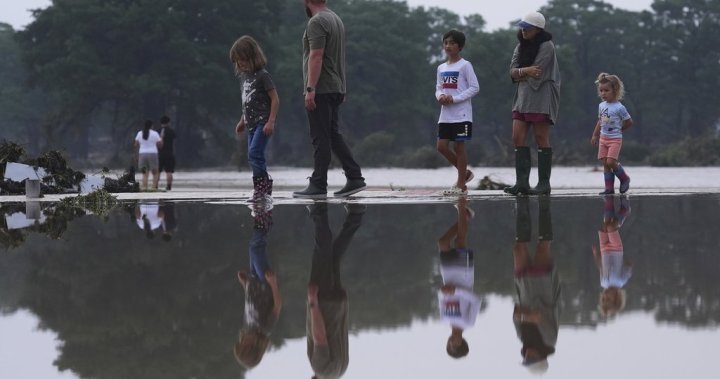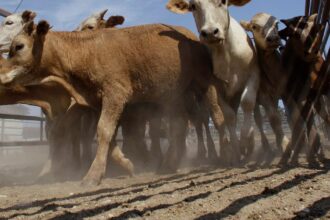The relentless torrents sweeping through central Texas have claimed at least 24 lives, with rescue crews working against time to locate dozens of missing persons, including campers who were swept away when the Pedernales River burst its banks without warning.
The catastrophic flooding, triggered by storms that dumped over 15 inches of rain in mere hours, has transformed serene riverside communities into disaster zones. In Williamson County alone, authorities confirmed 14 fatalities, while search teams continue combing through debris-choked waterways and mud-covered terrain.
“We’re dealing with a disaster of unprecedented scale,” said Travis County Emergency Management Director Chuck Hairston. “The speed at which these waters rose gave people virtually no time to evacuate. Many were asleep when the flooding began.”
The devastation centered on popular recreational areas where families and outdoor enthusiasts had gathered for what should have been a pleasant spring weekend. At Reimers Ranch Park, west of Austin, visitors had little warning before a wall of water surged through campgrounds shortly after midnight Sunday.
Emergency responders from across Texas have mobilized in what Governor Greg Abbott described as “one of the largest rescue operations in state history.” The Texas National Guard deployed helicopter units that have been conducting aerial searches while specialized swift-water rescue teams navigate the dangerous conditions below.
The flooding has exposed vulnerabilities in the region’s emergency alert systems. Many residents reported receiving warnings only minutes before floodwaters reached their homes, while others received no alerts at all. Texas officials have pledged a thorough review of communication protocols once immediate rescue efforts conclude.
“The system failed catastrophically,” said Dr. Eleanor Sanchez, a hydrologist at the University of Texas who studies extreme weather events. “Climate change is creating storms of unprecedented intensity, but our infrastructure and warning systems haven’t kept pace with these new realities.”
Property damage estimates already exceed $750 million according to preliminary assessments from the Texas Department of Insurance. Hundreds of homes have been destroyed or rendered uninhabitable, particularly in communities along the Colorado River watershed.
The economic impact extends beyond property damage. Local businesses face months of recovery, while agricultural losses are expected to reach tens of millions as flooded farmland becomes unusable for the upcoming growing season.
Federal assistance has begun flowing into the region after President Biden approved an emergency declaration Monday evening. FEMA teams are establishing disaster recovery centers in the hardest-hit counties, offering temporary housing assistance and emergency grants to affected residents.
“This isn’t just about rebuilding structures,” said FEMA Regional Administrator Lara Montoya. “These communities have experienced profound trauma. Recovery means addressing both physical infrastructure and the psychological impact of this disaster.”
For many Texans, the tragedy evokes painful memories of previous flooding disasters that have struck with increasing frequency. The state has experienced five “500-year flood events” in just the past decade, raising urgent questions about development patterns in flood-prone areas.
As rescue operations continue, weather forecasters warn that additional rainfall expected later this week could complicate recovery efforts and potentially trigger new flooding. Emergency management officials are urging residents in vulnerable areas to remain vigilant and prepare evacuation plans.
In the coming days, as waters recede and the full extent of this disaster becomes clearer, how will Texas reconcile its growing population and development pressures with the increasingly volatile weather patterns reshaping the state’s landscape?










